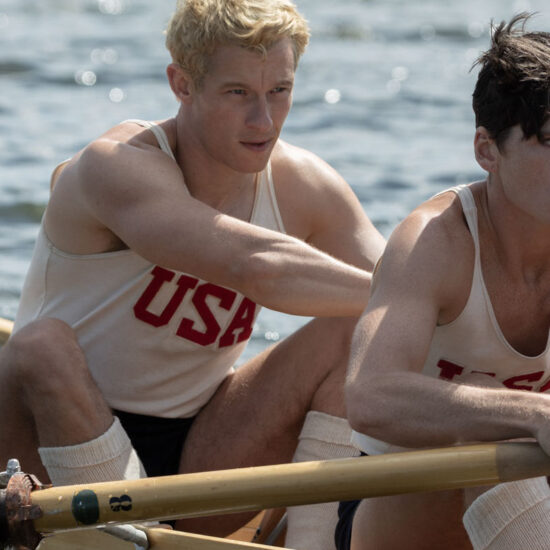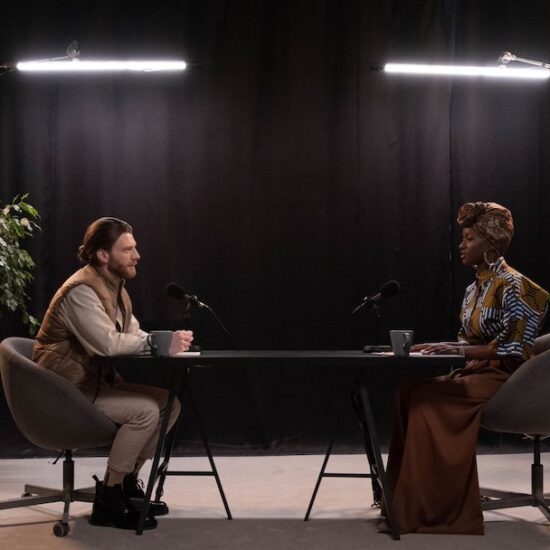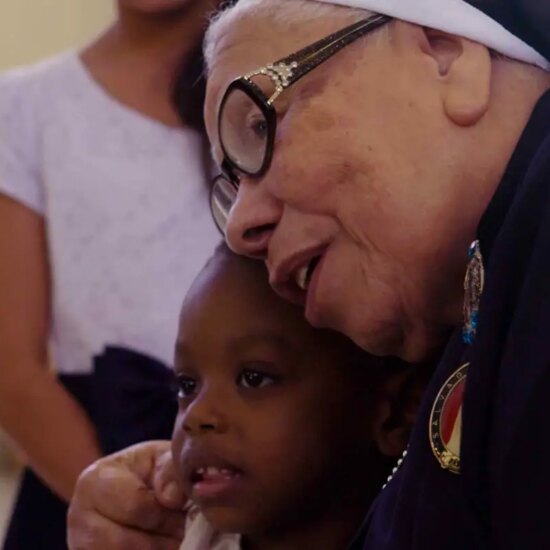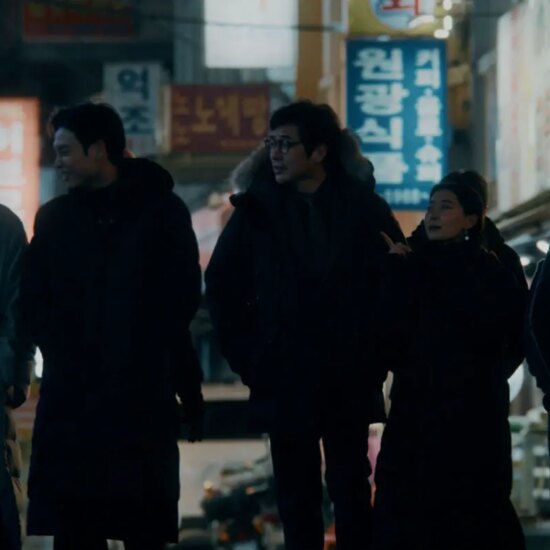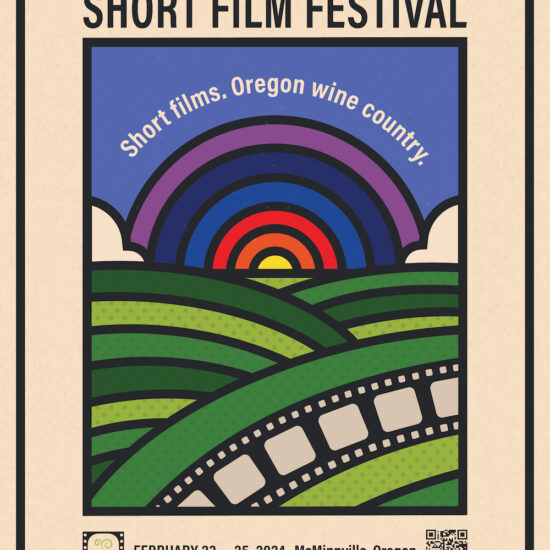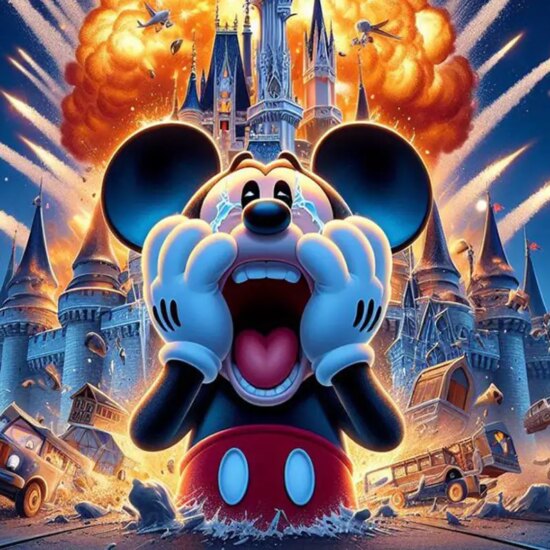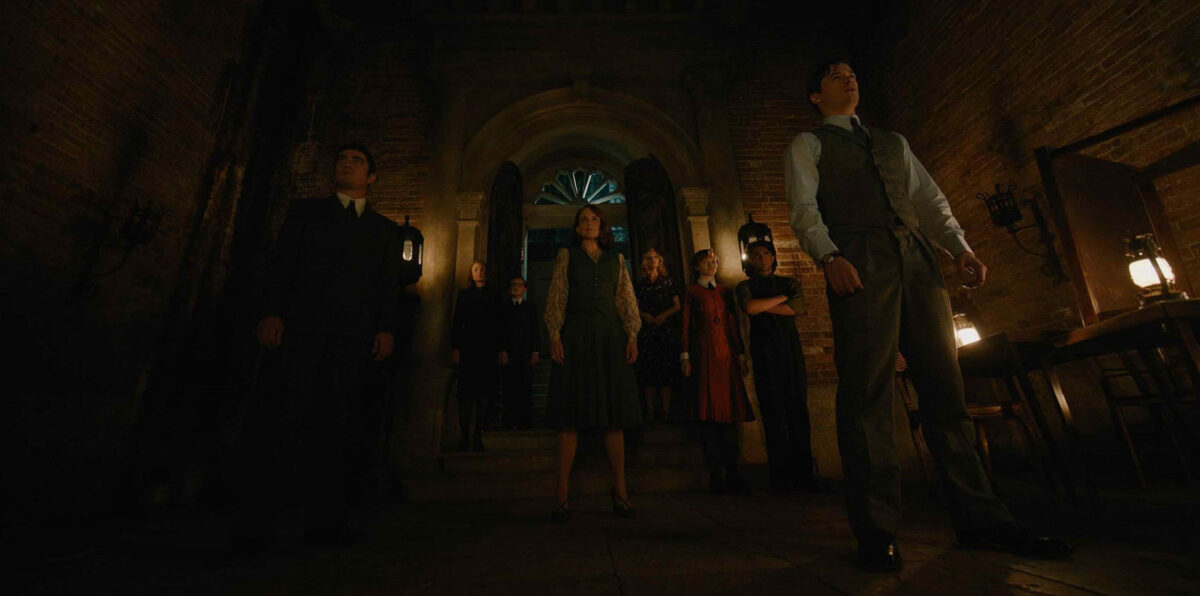
In a year filled with agenda-driven cinematic drivel and gargantuan big-budget flops, a throwback to good old-fashioned films of yore feels like a breath of fresh air. As such, A Haunting in Venice marks the best, most succinct, and humorous adaptation of an Agatha Christie story by Kenneth Branagh yet. While its ambitions may be modest and its final twist predictable, writer Michael Green’s snappy one-liners, Branagh’s sharp direction, and cinematographer Haris Zambarloukos’s stunning imagery render this a perfectly calibrated project: a little spooky, a little sad, sometimes uproarious, and so very cozy. Christie would be proud.
A heavy fog of post-war melancholy literally cloaks the ancient towers of Venice. Now retired, Hercule Poirot is invited by Rowena Drake (Kelly Reilly), a grieving mother, to attend a séance hosted by the infamous, eccentric medium Mrs. Reynolds (Michelle Yeoh). To say Rowena’s house is dilapidated would be a disservice to dilapidation: damp and dark and seemingly half-immersed in the rising waters of Venice, it’s as morbidly gorgeous as it is unlivable.
Poirot is joined by Ariadne Oliver (Tina Fey), an old friend and a novelist, intent on debunking Mrs. Reynolds’s unconventional practices; knowing Poirot is an ardent atheist, she attempts to get the reluctant detective involved in her scheme. Also in attendance: the PTSD-afflicted Dr. Leslie Ferrier (Jamie Dornan) and his highly sophisticated son Leopold (Jude Hill); the embittered young hunk Maxime (Kyle Allen); the weird-as-all-hell siblings Desdemona (Emma Laird) and Nicholas (Ali Khan); the intense-in-how-earnest-she-is Olga Seminoff (Camille Cottin); and the former cop Vitale Portfoglio (Riccardo Scamarcio).
“…knowing Poirot is an ardent atheist, she attempts to get the reluctant detective involved in her scheme.”
Of course, a murder occurs. Of course, each of the aforementioned characters hides some sort of a secret. Of course, there’s a multitude of scenes in which characters talk tearfully about their past, not quite confessing to any crimes but toying with our sympathies. And, of course, there’s the twist. As “been-there, seen-that” as most of it is, it’s the execution that elevates A Haunting in Venice well above its predecessors.
Where Murder on the Orient Express felt bloated and oddly impersonal due mostly to two-dimensional characters solely serving the plot, here Branagh allows us to see a more fragile, self-doubting Poirot, which adds a great deal of poignancy to the proceedings. The characters are well-defined – just enough to involve us in the story. (Although less overt exposition would have benefited the narrative.) Where Death on the Nile was just plain silly, not aided by its wooden lead or eye-gouging special effects, here the filmmaker wisely keeps his tongue planted firmly in cheek, while the gothic visuals and costumes are all top-notch.
These days, it becomes borderline challenging to judge a film like A Haunting in Venice on its own merits. Most of the films around it are so terrible they stand out like a shining gem in a puddle of sh… um, mud. Sure, it won’t rock your world, make you recite lines to friends, or discuss sequences excitedly. Sure, maybe ten years ago, it may have been lost in an ocean of masterpieces. (Remember that year? Gravity, Her, Prisoners, 12 Years a Slave, American Hustle, and Blue Jasmine were just a few of the films gracing silver screens). A lot has changed since then. Films like this – ones primarily interested in telling a good story in a truly creative way without pushing an agenda – are becoming increasingly rare and increasingly more welcome. Cherish it.









